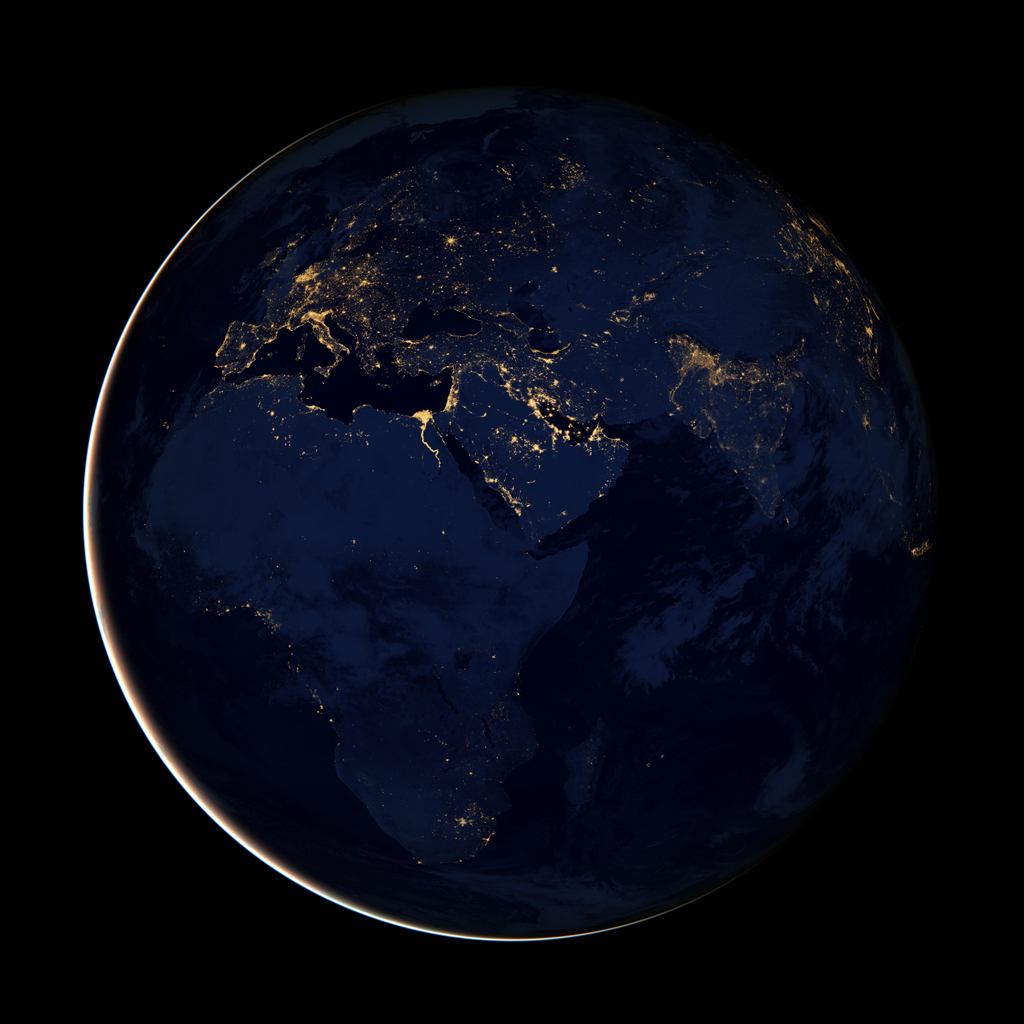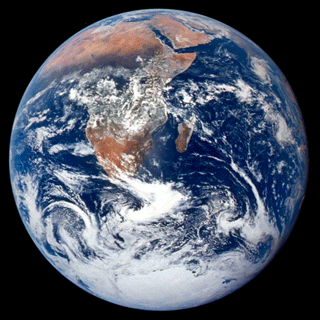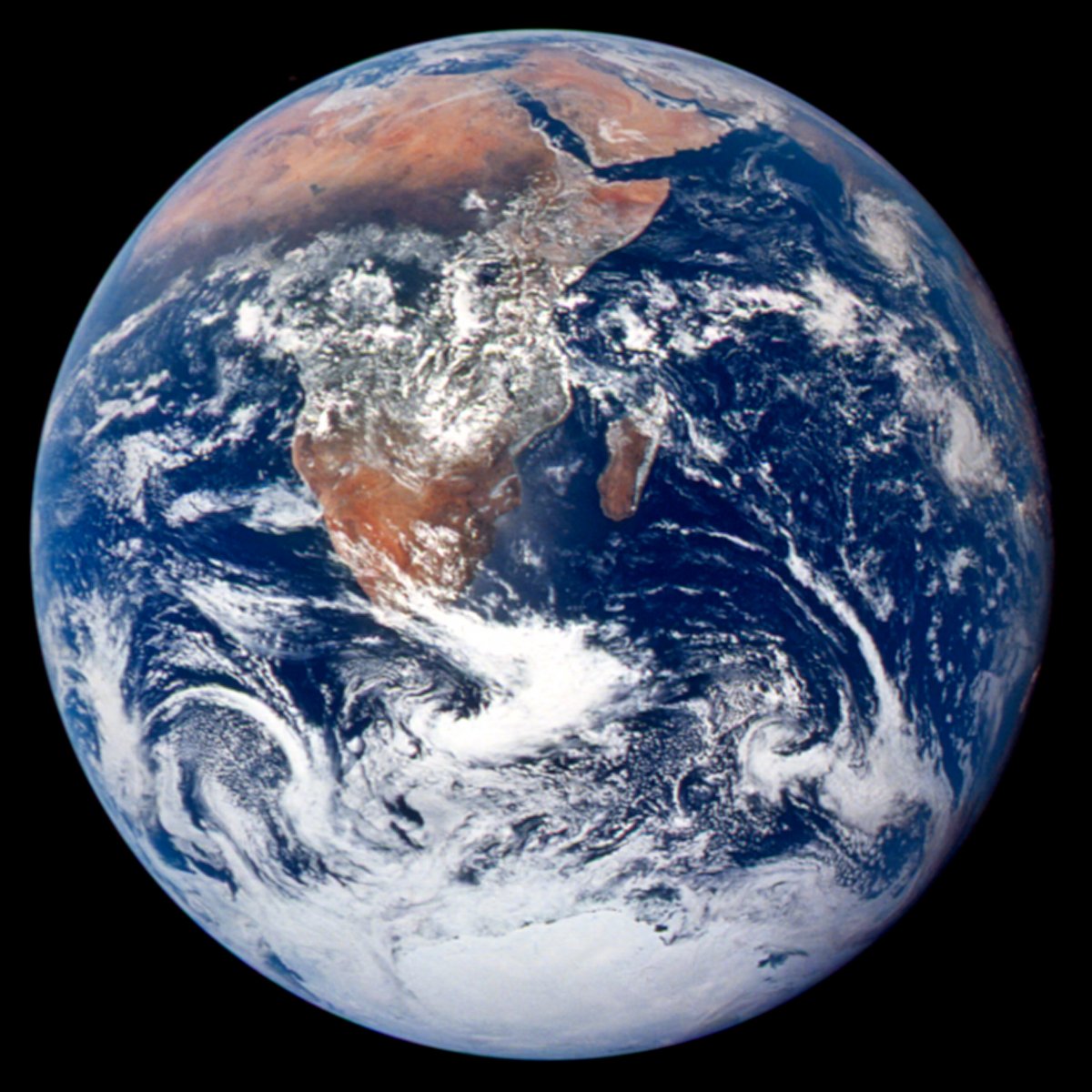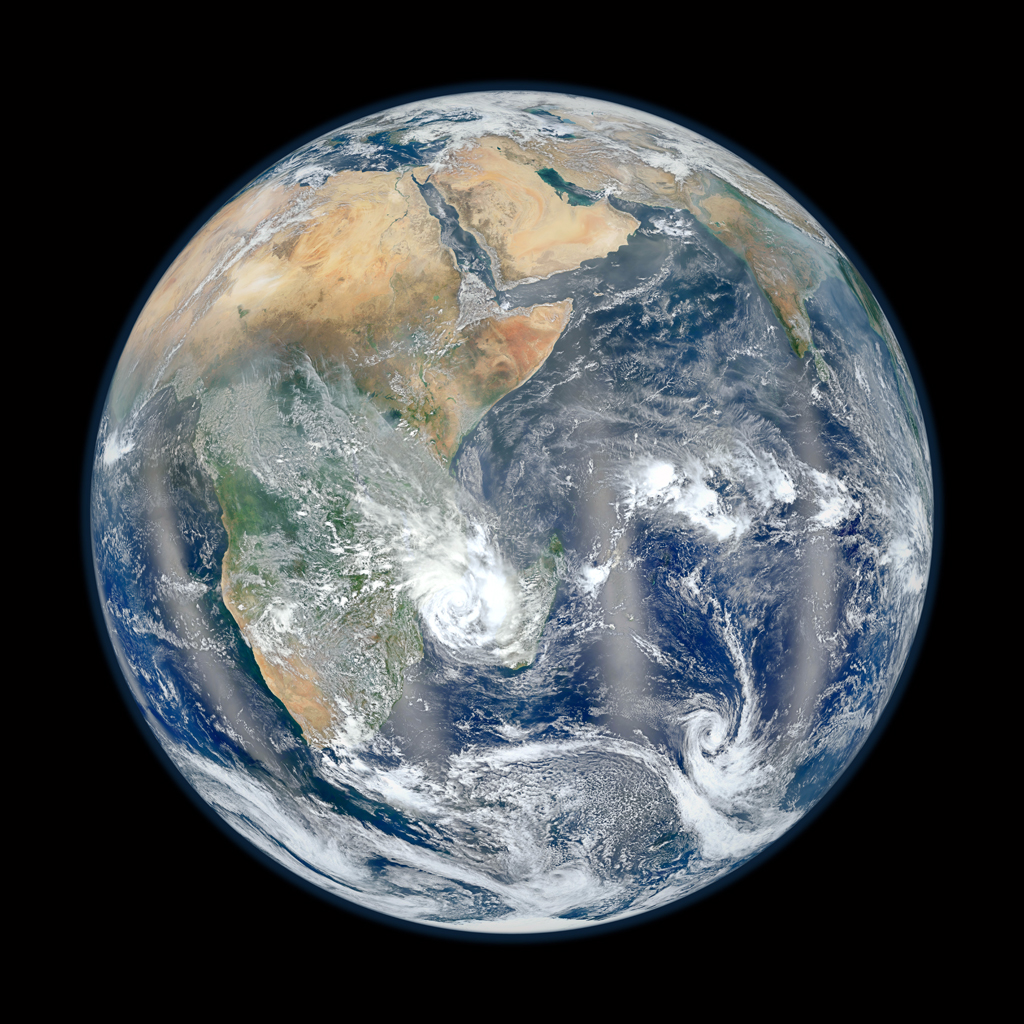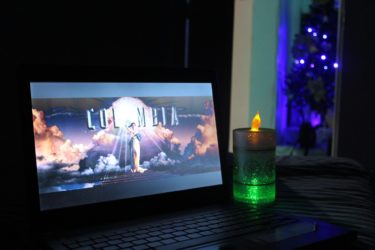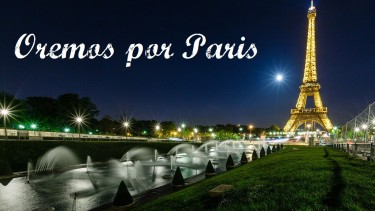Yesterday NASA revealed its stunning images of the Earth at night. Called “Black Marble” this was the agency’s latest in a series of images of the planet, which all started in 1972.
It was the crew of Apollo 17 that took the first Blue Marble photograph of Earth. And they were lucky to be able to do so. The Sun was behind the astronauts and rising over Africa. Because of how late it was in the year, the image was taken on December 7 1972, much of the Earth beneath them, including Antarctica, was directly illuminated. It was also the last opportunity that NASA astronauts would have to take a photograph of the Earth; the Apollo program ended soon after they returned to Earth.
Some forty years later NASA too the opportunity provided by its newly launched Suomi NPP satellite to recreate the 1972 image. Using modern, high resolution, photographic equipment on the satellite the modern image shows the same continents of Africa, Asia, and some of Europe, as well as Antarctica. But unlike the 1972 image the 2012 Blue Marble is not a photograph.
2012’s Blue Marble is a mosaic of hundreds of individual images taken by Suomi NPP as it orbits the Earth. NASA took some of these images and stitched them together to create a facsimile of the original image.
NASA also used the same Suomi NPP data to create an impression of what the continental US would look like, if it was photographed from the same distance as the original Blue Marble image.
Finally, ten months after the release of the 2012 Blue Marble NASA issued another amazing view of the Earth, again recorded using Suomi NPP. This composition shows the Earth at night illuminated by man-made lights.
With this release NASA decided to change the view of the Earth to show more of Europe and China. The probable reason for this is the relative lack of light sources on the continent of Africa, save for Egypt.
It is one of dozens of high resolution images of the Earth at night released by NASA.



